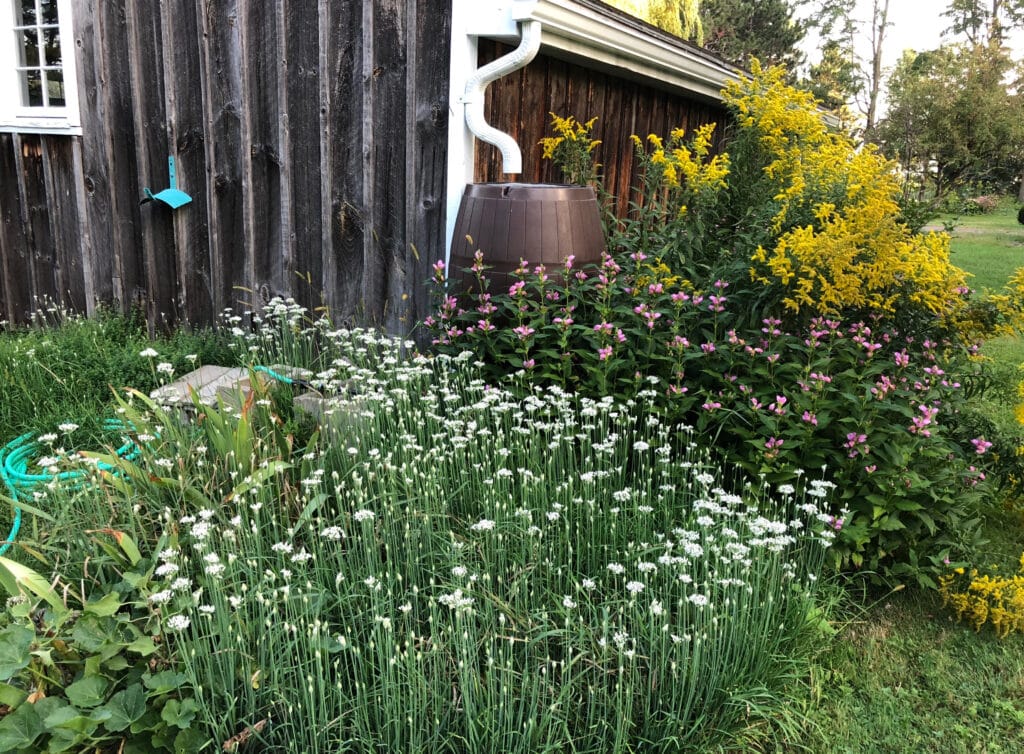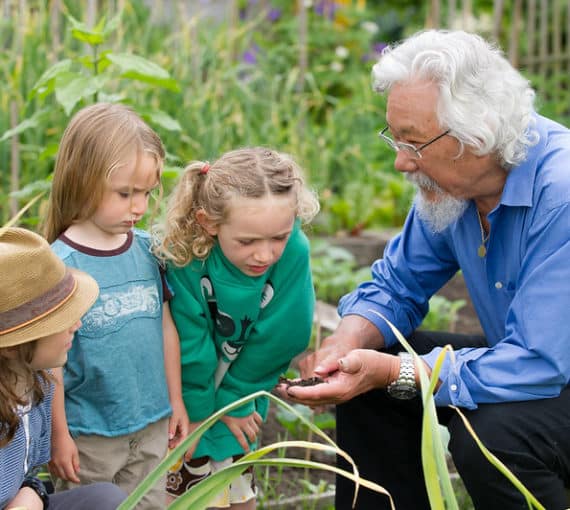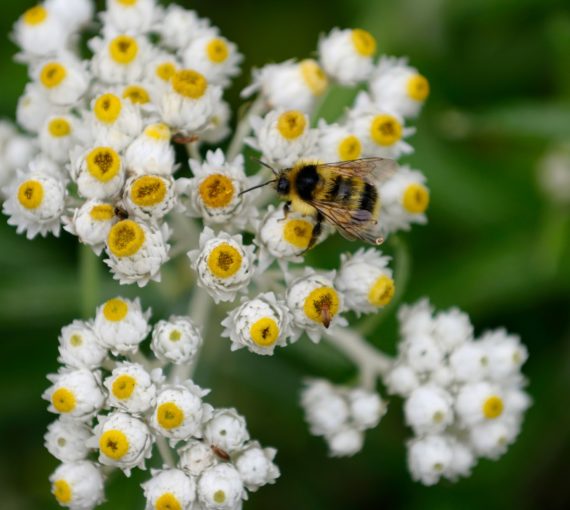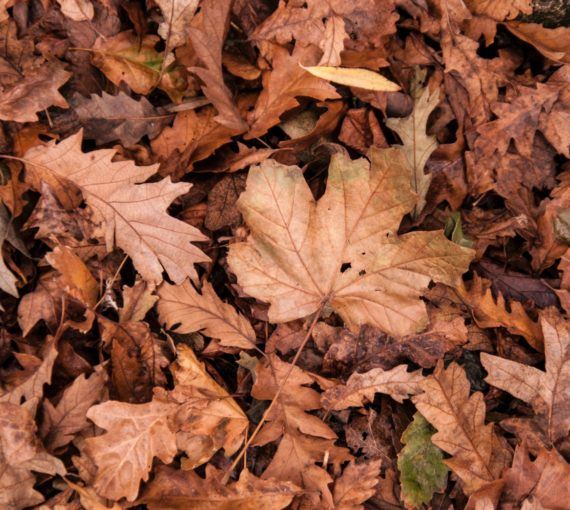
To help reimagine lawns, the LawnShare campaign provides practical guidance and resources, empowering people to transform them into vibrant ecosystems teeming with life.
The saying “the grass is always greener on the other side” encapsulates the eternal, often futile quest for something better. When it comes to the vast swathes of turfgrass lawn that carpet Canada, the phrase takes on deeper significance. Beneath their seemingly innocuous appearance lies the troubling reality that lawns consume excessive water, rely on harmful chemicals and offer little ecological value.
The ubiquity of traditional lawns is staggering, dominating urban and suburban areas throughout North America. Often regarded as the largest irrigated crop in the United States, their omnipresence is mirrored in Canadian communities. While lawns have long been valued for outdoor recreation and leisure, their ornamental nature belies their ecological costs.
Although the exact extent of lawns in Canada remains uncertain, new research analyzing seven communities indicates that between eight and 22 per cent of each is covered in lawn. To put this into perspective, Toronto has nearly 80 square kilometres of lawns. That’s 50 times more area than High Park, one of the city’s largest green spaces. Similarly, Montreal’s 97 square kilometres of lawns are approximately 43 times bigger than Mount Royal Park. Even densely urbanized cities boast significant lawn coverage.
No longer mere patches of green to be meticulously manicured, lawns present opportunities for creating habitats, sanctuaries for native plants and animals.
Given the pervasiveness of lawns, it’s difficult to argue with the wisdom of horticulturalist Rebecca McMackin in her recent TED talk “Let your garden grow wild.” She suggests lawns should be seen as area rugs, not wall-to-wall carpeting. This shift in perspective is not just a clever analogy; it’s a call to action, a reimagining of our outdoor spaces as havens for biodiversity rather than sterile monocultures.
Rooted in colonial history, these barren, thirsty, high-maintenance landscapes have become ingrained in our culture and communities. A Globe and Mail article notes that most lawn grasses aren’t native to North America: “Kentucky bluegrass, rye grass, tall fescues and even Canada bluegrass have origins linking back to Europe.” Yet, this vast tapestry of yards, fields and roadsides offers incredible possibilities for cultivating healthier environments for wildlife and humans.
Enter the LawnShare campaign (and its French-language partner Partage ta pelouse), a national effort to reimagine turfgrass lawns as vital habitat. Led by the David Suzuki Foundation, Dark Matter Labs and Nouveaux Voisins, this initiative seeks to revolutionize our relationship with lawns. No longer mere patches of green to be meticulously manicured, lawns present opportunities for creating habitats, sanctuaries for native plants and animals.
The popularity of native plant gardening is growing by the day. By embracing locally adapted plants, we not only beautify our surroundings but also provide essential food and shelter for wild bees, butterflies and birds.
LawnShare goals are as noble as they are imperative. By reducing water, fertilizer and pesticide use, we can alleviate the burden on the ecosystems that keep our communities healthy. Embracing rather than demonizing native plants and insects as weeds and pests fosters biodiversity and a deeper, more meaningful connection with the natural world that sustains us.
As with any cultural change, there are challenges. The U.K.-based No Mow May movement, while well-intentioned, can pose drawbacks for Canadian landscapes. Allowing grass to grow wild for a month may benefit some pollinators, but it also risks alienating neighbours and can allow non-native and invasive plant species to take over. What we need is to normalize acceptance of rewilding our yards and communities.
Fortunately, the tide is turning. The popularity of native plant gardening is growing by the day. By embracing locally adapted plants, we not only beautify our surroundings but also provide essential food and shelter for wild bees, butterflies and birds. It’s a win-win scenario that benefits humans and the environment we depend on. Transforming lawns also reduces noise and pollution from power mowers, often requires less effort and lessens the need for pesticides and fertilizers.
Whether it’s through reducing mowing frequency or embracing alternative seed mixes, every action, no matter how small, contributes to a better, more environmentally friendly future.
The benefits of embracing alternative types of landscaping and lawn-care practices extend beyond environmental stewardship. Studies have shown that reducing mowing frequency can yield substantial cost savings. By replacing traditional lawns with habitat, communities can enhance ecological resilience and reduce maintenance expenses over the long run.
To help reimagine lawns, the LawnShare campaign provides practical guidance and resources, empowering people to transform them into vibrant ecosystems teeming with life. Whether it’s through reducing mowing frequency or embracing alternative seed mixes, every action, no matter how small, contributes to a better, more environmentally friendly future.
It’s time to act. Together, let’s unlock the untapped potential of our lawns and cultivate communities where nature thrives. The opportunity is literally at our doorstep.



